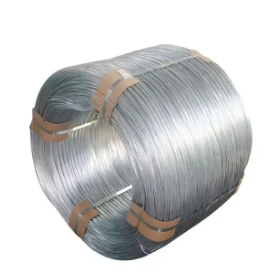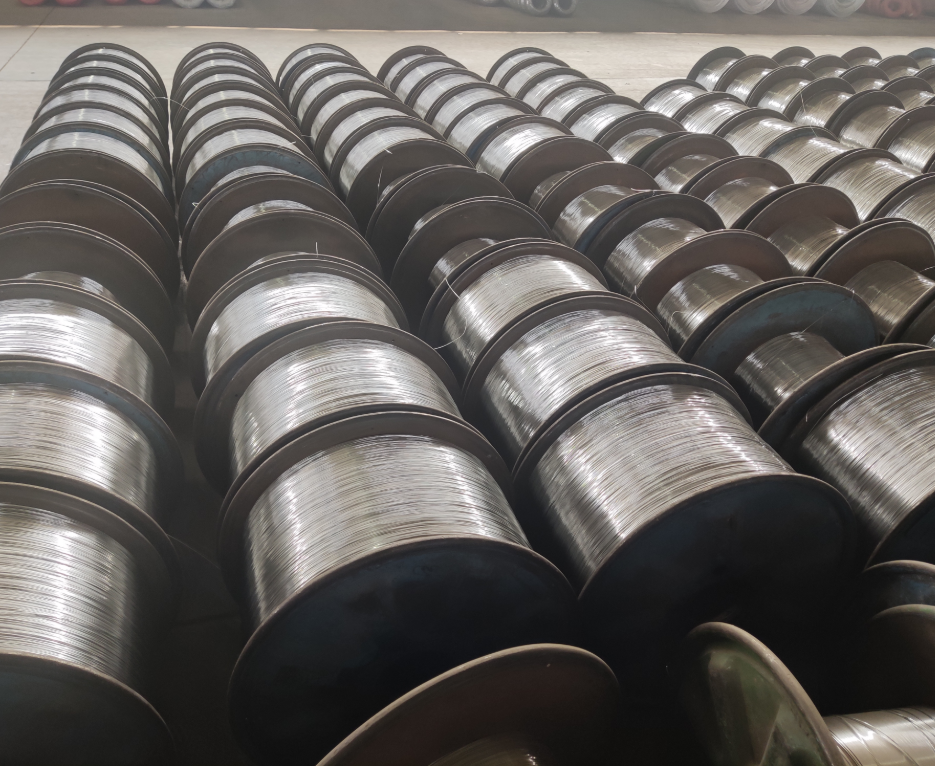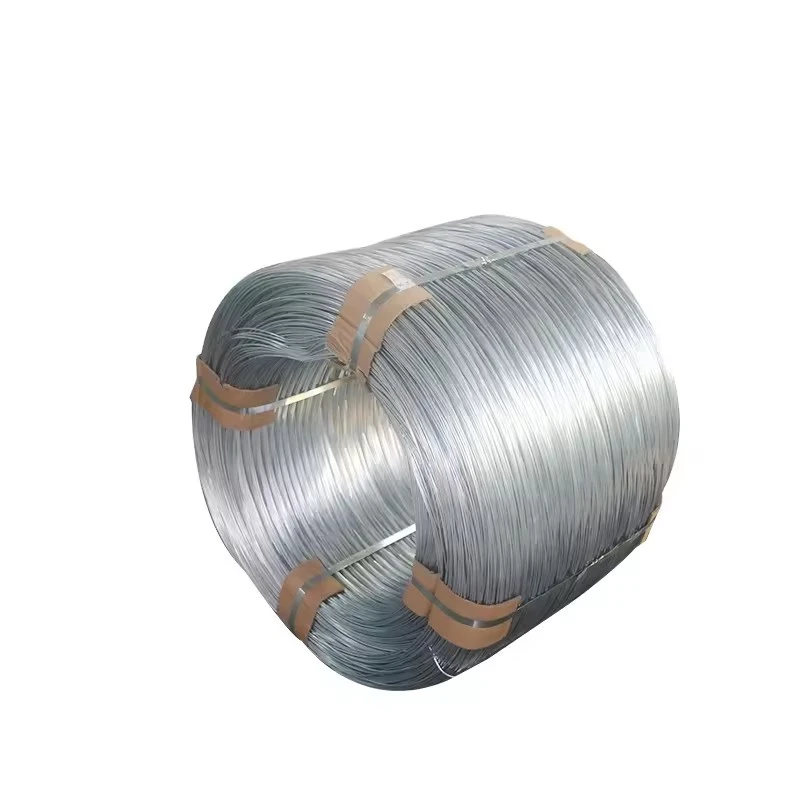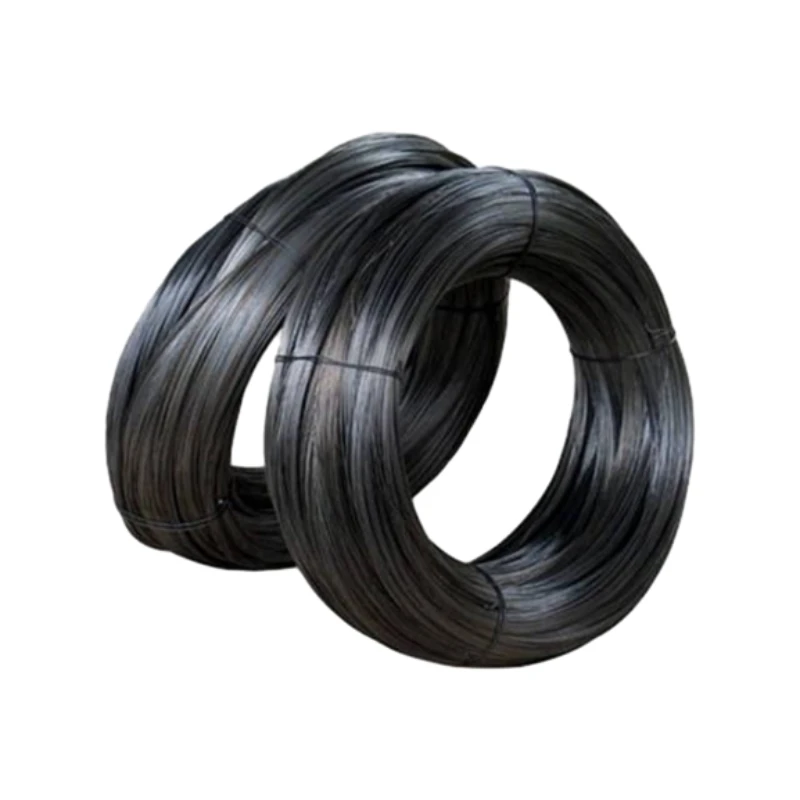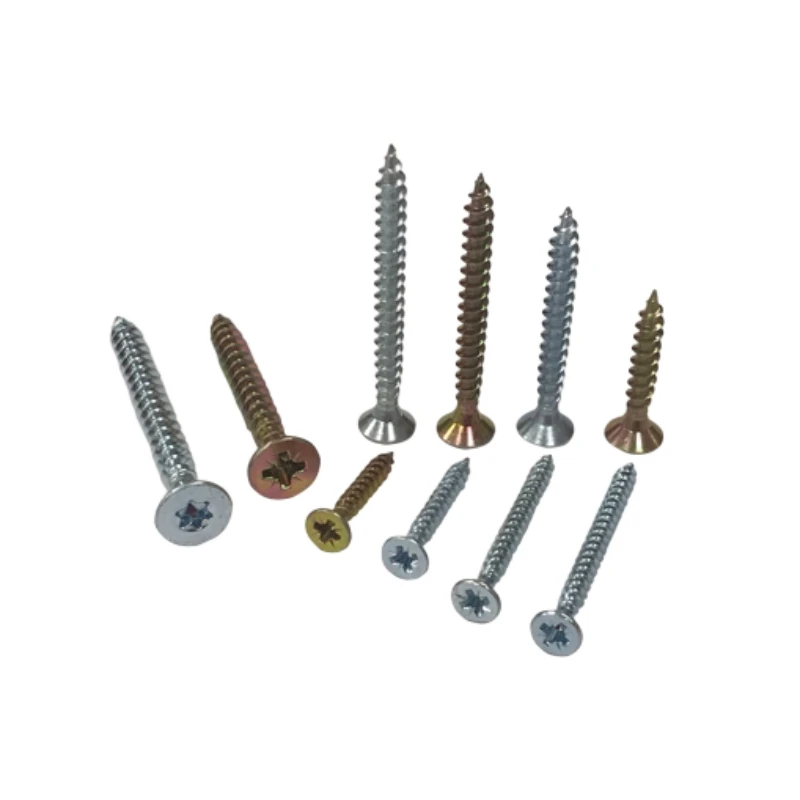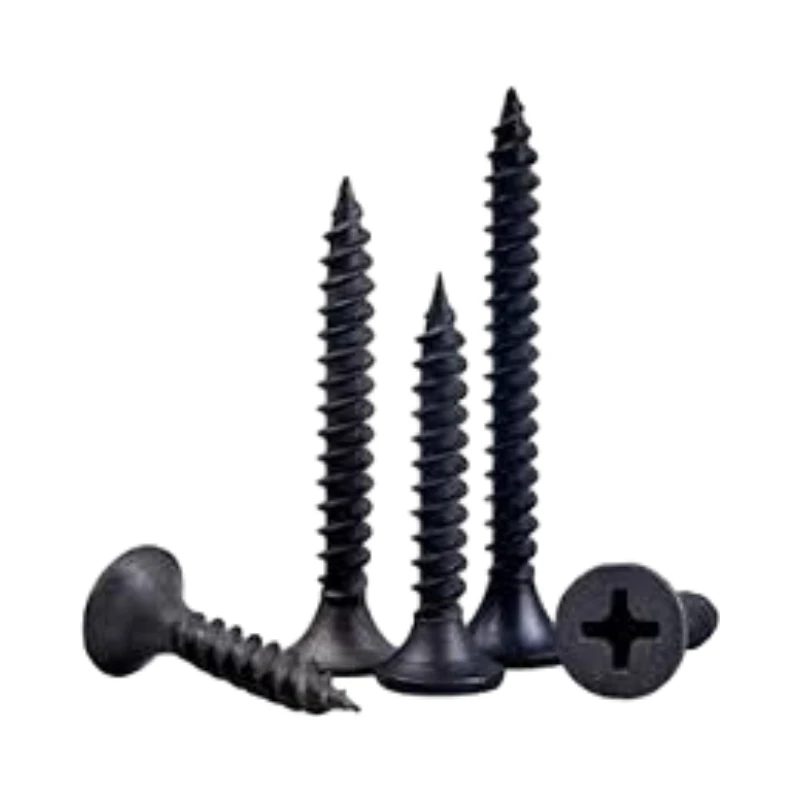
எங்களுடன் பேசுங்கள்
+86-13601661296
மின்னஞ்சல் முகவரி
admin@sxjbradnail.comPainting Over Galvanized Wire
Galvanized wire stands between civilization and corrosion, shielding fences, cables, and reinforcements from rain, salt, and time. Yet when aesthetics demand harmony—a crimson trellis blending with roses, a charcoal-hued cable vanishing into architectural shadows, or a cream-colored metal lath galvanized backdrop for Venetian plaster—the wire’s silvery sheen becomes a canvas awaiting transformation. Painting galvanized surfaces isn’t mere decoration; it’s a high-stakes alchemy where chemistry meets craftsmanship. Zinc’s innate resistance to rust creates a paradoxical challenge: its protective layer repels moisture but also rejects paint adhesion. Without precise preparation, coatings peel like sunburnt skin, exposing vulnerabilities. This delicate dance between preservation and beautification defines projects from vineyard trellises to suspension bridges, where galvanized cables must disappear into their environment without sacrificing their anti-corrosive armor.
Their galvanized wire production leverages hot-dip processes where steel is immersed in molten zinc, creating a metallurgical bond that outperforms electroplated alternatives in salt-spray tests.
During a recent factory immersion tour, foreign trade teams witnessed firsthand how SXJ’s quality control ensures uniform zinc crystallization—critical for paint adhesion. As one manager noted: "Every micron of zinc thickness is measured; consistency prevents paint failure."
Preparing Galvanized Wire for Paint
The zinc layer on galvanized wire isn’t passive; it reacts with oxygen to form zinc carbonate—a chalky barrier that sabotages paint bonding. Successful coating demands disrupting this layer without compromising corrosion resistance.
- Mechanical Keying: Lightly abrade wires with sandpaper or Scotch-Brite pads. This micro-roughening creates "tooth" for primers without stripping significant zinc. For galvanized cables in marine settings, non-woven abrasive wheels prevent strand damage.
- Chemical Transformation: Phosphoric acid-based etchers (for example, zinc prep solutions) convert zinc carbonate into zinc phosphate—a stable, paint-friendly surface. SXJ’s R&D lab confirms: "Acid etching must dwell for 8 minutes before neutralization; rushing causes incomplete conversion."
- Time Weathering: Allowing new galvanized wireto weather for 6 months naturally degrades the surface reactivity. However, in polluted urban environments, acid rain may pit the zinc, requiring spot repairs before painting.
SXJ’s product manuals—distributed during employee training—emphasize that their wire’s consistent zinc density (measured during the hot-dip process) ensures predictable etching results.
Metal Lath Galvanized: The Backbone of Painted Surfaces
When metal lath galvanized underpins stucco or plaster, painting becomes a structural necessity. The lath’s diamond-grid pattern must vanish beneath finishes without telegraphing shadows or rust blooms.
- Primer Penetration: Oil-based rust-inhibitive primers (for example, zinc chromate) penetrate the lath’s crevices, sealing cut edges where zinc is thinnest. SXJ’s lath features double-zinc-coated edges—a proprietary technique showcased in their factory galleries.
- Stucco Integration: After plaster application, acrylic-modified cement paints flex with substrate movement. For historical restorations, limewash formulations allow vapor transmission, preventing blistering over SXJ’s breathable lath.
- Corrosion Hotspots: Around fastener points, extra primer layers combat micro-scratches. During SXJ’s production line tours, workers demonstrated how robotic applicators ensure fastener holes receive supplemental zinc before shipping.
Galvanized Cables: Engineering Invisible Strength
Painting structural galvanized cables—bridge suspenders, railing systems, or gymnasium rigging—demands coatings that endure flexion and UV exposure.
- Adhesion Science: Two-part epoxy primers chemically bond to zinc, resisting cable "working." Polyurethane topcoats provide UV stability. SXJ’s cables undergo pre-treatment with T-wash (a mordant solution containing copper salts), creating a receptive matte-black base.
- Application Challenges: Using electrostatic sprayers ensures paint wraps around individual strands. For cables in constant motion, elastomeric acrylics stretch up to 300% without cracking.
- Inspection Protocols: Holiday detection (low-voltage current testing) locates microscopic coating gaps. SXJ’s quality logs reveal their cables’ zinc purityminimizes pinholes, easing paint coverage.
FAQs about Galvanized Wire
Why does paint peel from new galvanized wire?
Fresh zinc forms a hydrophobic surface that repels liquids. The zinc carbonate layer (formed within 48 hours of exposure) further inhibits adhesion. Always etch or abrade before priming. SXJ’s warehouse-stored wire ages 30 days pre-shipment to reduce reactivity.
Can I paint metal lath galvanized after plastering?
Not effectively. The lath must be primed before plaster application. Primer seeps through plaster voids, creating a unified barrier. Post-application painting only coats plaster surfaces, leaving cut lath edges vulnerable. SXJ’s double-coated lath provides secondary protection but priming remains essential.
What paint lasts longest on outdoor galvanized cables?
Aliphatic acrylic polyurethanes. Their UV resistance prevents chalking, while flexibility accommodates cable movement.
Does abrasive blasting damage galvanized wire?
Excessively. Grit blasting can strip zinc entirely. SXJ recommends chemical etching for thin-gauge wires to preserve zinc thickness.
How do I identify quality galvanized wire for painting?
Inspect zinc uniformity under light—patchiness indicates poor coating. Bend a sample wire; flaking zinc reveals inadequate bonding. SXJ’s hot-dip process, visible in their workshop galleries, ensures crystalline zinc layers that pass ASTM A123 standards.
The true test of galvanized wire lies not in its silvered brilliance, but in its vanishing act—when paint and protection fuse into a single, enduring shield. SXJ Staple Company, under Baoding Yongwei Group, has refined this art since its first workshop fire roared in 1990. Today, across eight factories humming with robotic precision, their commitment echoes in every coil of wire: Quality isn’t applied; it’s forged. As foreign trade teams witnessed during factory immersions, SXJ’s processes—from molten zinc vats to meticulous packaging—ensure that when painters raise their spray guns, the wire beneath doesn’t just accept color; it champions it. For in the silent tension of a galvanized cable or the hidden grid of metal lath galvanized, longevity wears many coats, but only one legacy.
-
Everything You Need to Know About 1 2 Brad Nails – Global Uses & Benefitsசெய்திNov.25,2025
-
2 Inch Brad Nails - Precision Fastening for Woodworking & Constructionசெய்திNov.24,2025
-
Affordable Quality: Understanding Cheap Brad Nails and Their Global Impactசெய்திNov.24,2025
-
Type F Brad Nails: Precision Fasteners for Quality Craftsmanship & Industryசெய்திNov.23,2025
-
High-Quality Type 47 Brad Nails for Precision & Durability | SXJ Industrialசெய்திNov.23,2025
-
T47 Nail: The Ultimate Guide to Industrial and Construction Applicationsசெய்திNov.22,2025












































































































